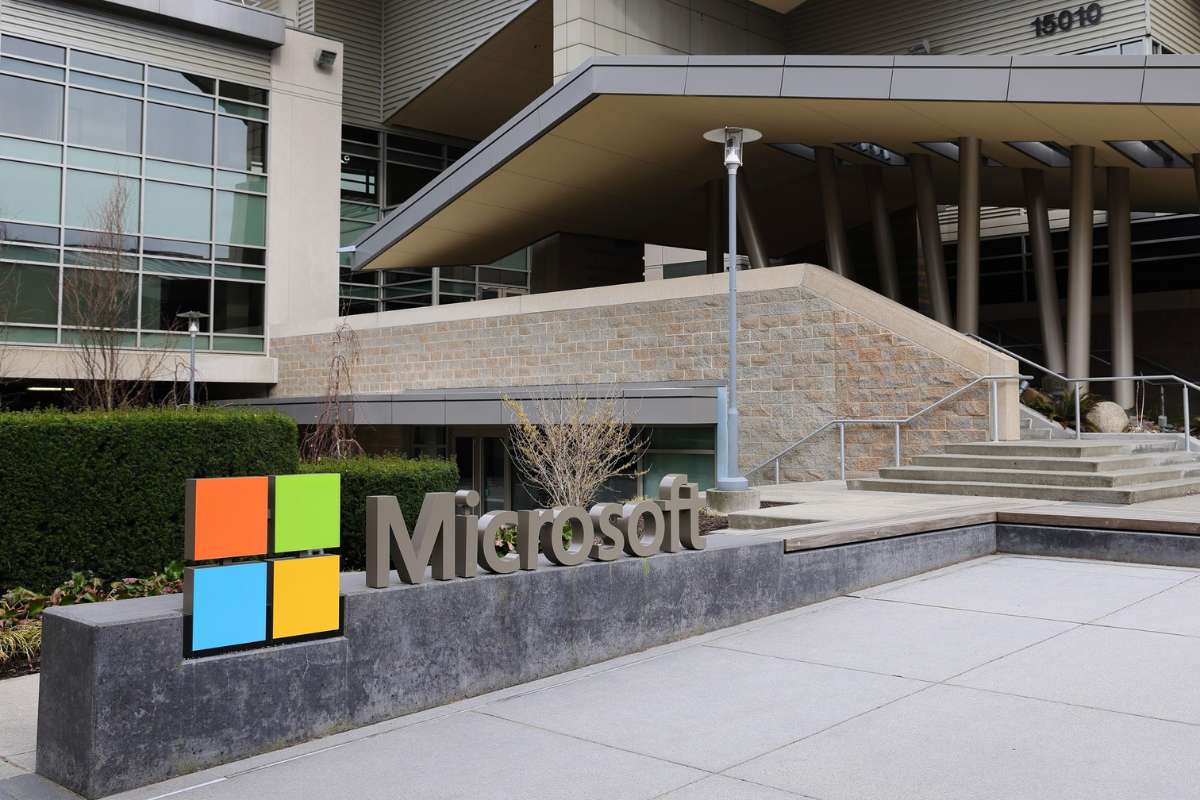In today’s digitally-driven world, the prevalence of cyber-attacks poses a significant threat to individuals, businesses, and governments worldwide. Understanding the different types of cyber-attacks is essential for implementing effective cybersecurity measures and mitigating the risks posed by malicious actors. In this comprehensive guide, we delve into various cyber attack types, their characteristics, and the implications for cybersecurity.
The Landscape of Cyber Attack Types:
Cyber attacks come in many forms, each with its own set of techniques, objectives, and impact. From targeted phishing campaigns to sophisticated ransomware attacks, cybercriminals employ a diverse array of tactics to exploit vulnerabilities and compromise digital assets. Understanding the different types of cyber-attacks is crucial for organizations to identify potential threats, assess risks, and implement appropriate security measures to protect against them.
1. Phishing Attacks:

Phishing attacks involve the use of deceptive emails, messages, or websites to trick individuals into disclosing sensitive information, such as login credentials, financial data, or personal details. Cybercriminals often masquerade as trusted entities, such as banks, government agencies, or reputable organizations, to lure victims into providing confidential information or clicking on malicious links.
2. Malware Attacks:
Malware attacks involve the deployment of malicious software, such as viruses, worms, trojans, or ransomware, to compromise computer systems, steal data, or disrupt operations. Malware can be distributed through various vectors, including email attachments, infected websites, or removable storage devices, and may exploit vulnerabilities in software or operating systems to gain unauthorized access to systems.
3. DDoS Attacks:
Distributed Denial of Service (DDoS) attacks involve flooding a target system or network with a massive volume of traffic, rendering it inaccessible to legitimate users. DDoS attacks can disrupt online services, websites, or network infrastructure, causing downtime, financial losses, and reputational damage. Cybercriminals may employ botnets or compromised devices to orchestrate DDoS attacks and overwhelm target systems with traffic.
4. Insider Threats:
Insider threats involve malicious or negligent actions perpetrated by individuals within an organization, such as employees, contractors, or business partners, to compromise sensitive information or disrupt operations. Insider threats may result from disgruntled employees, negligent behavior, or unintentional actions, such as falling victim to phishing scams or inadvertently leaking confidential data.
5. Ransomware Attacks:

Ransomware attacks involve the deployment of malicious software that encrypts files or locks users out of their systems, demanding a ransom payment in exchange for restoring access. Ransomware can spread rapidly across networks, encrypting files on multiple devices and causing widespread disruption. Cybercriminals often demand payment in cryptocurrency to evade detection and traceability.
6. Social Engineering Attacks:
Social engineering attacks exploit human psychology and manipulation techniques to deceive individuals into divulging confidential information or performing actions that compromise security. Common social engineering tactics include pretexting, baiting, pretexting, and tailgating, whereby cybercriminals exploit trust, authority, or curiosity to gain unauthorized access to systems or information.
7. Man-in-the-Middle (MitM) Attacks:
Man-in-the-Middle (MitM) attacks involve intercepting and eavesdropping on communication between two parties, allowing cybercriminals to intercept sensitive information, such as login credentials, financial data, or personal communications. MitM attacks may occur over unsecured networks, compromised Wi-Fi connections, or malicious software installed on victim devices.
8. Zero-Day Exploits:

Zero-day exploits target vulnerabilities in software or hardware that are previously unknown to the vendor or developers, allowing cybercriminals to exploit these vulnerabilities before a patch or security update is available. Zero-day exploits pose a significant risk as they can be used to launch targeted attacks against individuals, organizations, or critical infrastructure without warning.
FAQs (Frequently Asked Questions)
1. What is a phishing attack?
A phishing attack is a type of cyber attack that involves the use of deceptive emails, messages, or websites to trick individuals into disclosing sensitive information, such as login credentials or financial data, to cybercriminals posing as trusted entities.
2. How can organizations defend against malware attacks?
Organizations can defend against malware attacks by implementing robust security measures, such as antivirus software, firewalls, and intrusion detection systems, regularly updating software and operating systems to patch known vulnerabilities, and educating employees about the risks of downloading and executing suspicious files or programs.
3. What is a DDoS attack?
A DDoS attack is a type of cyber attack that involves flooding a target system or network with a massive volume of traffic, rendering it inaccessible to legitimate users. DDoS attacks can disrupt online services, websites, or network infrastructure, causing downtime, financial losses, and reputational damage.
4. How can organizations mitigate insider threats?
Organizations can mitigate insider threats by implementing access controls and monitoring solutions to limit access to sensitive information and detect unauthorized activities, conducting regular security awareness training to educate employees about the risks of insider threats, and implementing policies and procedures for reporting suspicious behavior or incidents.
5. What is ransomware and how does it work?
Ransomware is a type of malicious software that encrypts files or locks users out of their systems, demanding a ransom payment in exchange for restoring access. Ransomware can spread rapidly across networks, encrypting files on multiple devices and causing widespread disruption. Cybercriminals often demand payment in cryptocurrency to evade detection and traceability.
Conclusion:
The diverse landscape of cyber attack types poses significant challenges for individuals, businesses, and governments in safeguarding against digital threats. From phishing scams and malware infections to DDoS attacks and insider threats, the breadth and sophistication of cyber attacks continue to evolve, requiring constant vigilance and proactive defense measures. By understanding the characteristics and implications of different cyber attack types, organizations can better assess risks, prioritize security efforts, and implement appropriate countermeasures to mitigate the impact of cyber threats.
Moreover, staying informed about emerging cyber attack types and trends, leveraging advanced security technologies, and fostering a culture of cybersecurity awareness are essential components of a comprehensive defense strategy in today’s ever-evolving threat landscape. By working together to address the challenges posed by cyber-attacks, we can build a more resilient and secure digital ecosystem for the future.






